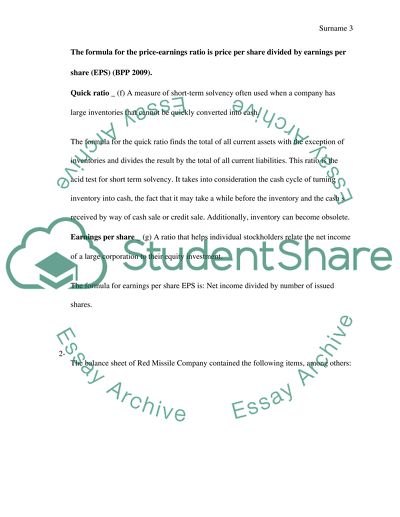Cite this document
(“Statement of Cash Flows- Assignment Example | Topics and Well Written Essays - 2000 words”, n.d.)
Statement of Cash Flows- Assignment Example | Topics and Well Written Essays - 2000 words. Retrieved from https://studentshare.org/finance-accounting/1462590-statement-of-cash-flows-assignment
Statement of Cash Flows- Assignment Example | Topics and Well Written Essays - 2000 words. Retrieved from https://studentshare.org/finance-accounting/1462590-statement-of-cash-flows-assignment
(Statement of Cash Flows- Assignment Example | Topics and Well Written Essays - 2000 Words)
Statement of Cash Flows- Assignment Example | Topics and Well Written Essays - 2000 Words. https://studentshare.org/finance-accounting/1462590-statement-of-cash-flows-assignment.
Statement of Cash Flows- Assignment Example | Topics and Well Written Essays - 2000 Words. https://studentshare.org/finance-accounting/1462590-statement-of-cash-flows-assignment.
“Statement of Cash Flows- Assignment Example | Topics and Well Written Essays - 2000 Words”, n.d. https://studentshare.org/finance-accounting/1462590-statement-of-cash-flows-assignment.


